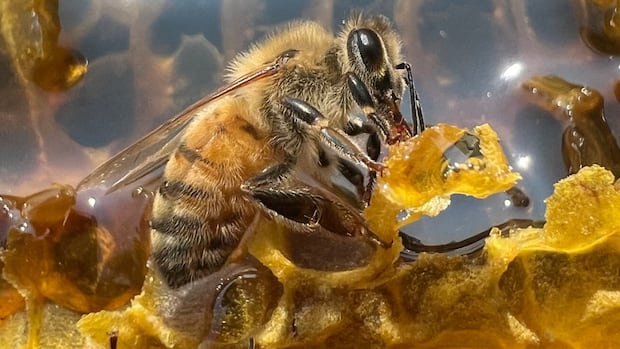What is the pink powder fire crews are dropping on L.A., and how does it work?
Over the past week, Los Angeles County has been facing devastating wildfires that have left behind a trail of destruction. While visuals of flames, orange skies, and damaged structures are expected during such disasters, one peculiar sight has caught the attention of many: pink powder blanketing some neighbourhoods. This eye-catching substance is actually fire retardant, dropped by aerial firefighting tankers in massive plumes of red or pink.
Unlike water drops that target active flames, fire retardant is strategically dropped ahead of a fire’s path to slow down its progress and allow firefighting crews to construct fire lines. Thousands of gallons of fire retardant have been deployed in Los Angeles County since the outbreak of fires last week, with the deadly blazes claiming at least 25 lives, destroying over 12,000 structures, and displacing tens of thousands of residents.
So, what exactly is fire retardant? Fire retardants are typically composed of fertilizer chemicals like ammonium phosphates, often mixed with bright pigments to assist pilots in accurately dropping the retardant. These chemicals work by cooling and coating plants that act as fuel for fires, depleting the fire’s oxygen and altering how fuels burn, thus slowing down the burning process.
The most commonly used fire retardant in Los Angeles County and Canada is Phos-Chek, manufactured by Perimeter Solutions. This powder concentrate is mixed with water before being released from tankers. While fire retardants approved for use are generally considered safe for humans, caution should be exercised to avoid direct inhalation, eye contact, or consumption, as they can cause irritation. Long-term exposure studies are still needed to fully understand the effects on human health.
However, fire retardants can be toxic to aquatic animals if they enter waterways, leading to regulations prohibiting their use within 300 feet of water bodies. Some formulations of fire retardants have been found to contain toxic metals like lead and arsenic, prompting the phasing out of older formulations in favor of newer, less toxic options.
Residents affected by fire retardant should clean it off with water and mild soap as soon as possible, as it becomes harder to remove once dried. Pressure washers can be used for larger surfaces, and the bright color will fade over time with exposure to sunlight.
Despite the safety concerns, the use of aerial fire retardants has been an essential tool in firefighting efforts since the 1950s. However, regulations and formulations have evolved over the years to minimize environmental impact and ensure the safety of both humans and wildlife. The U.S. Forest Service has implemented strict guidelines to prevent dumping in waterways and protect endangered animals, reflecting the ongoing efforts to balance effective firefighting with environmental conservation.




